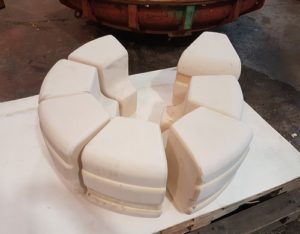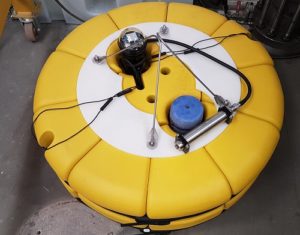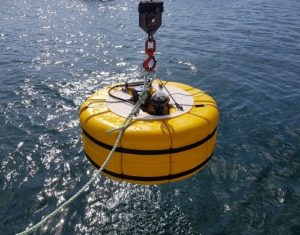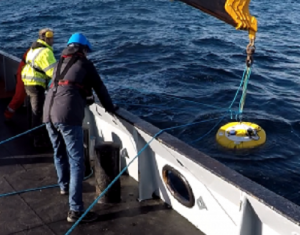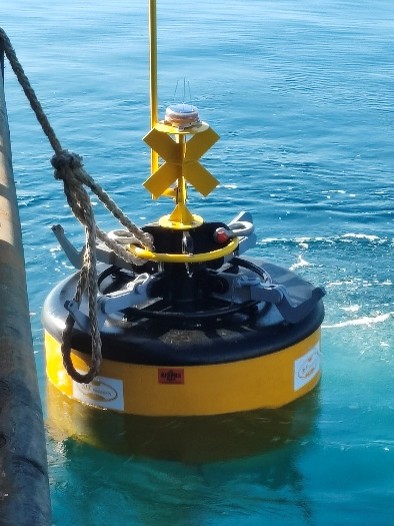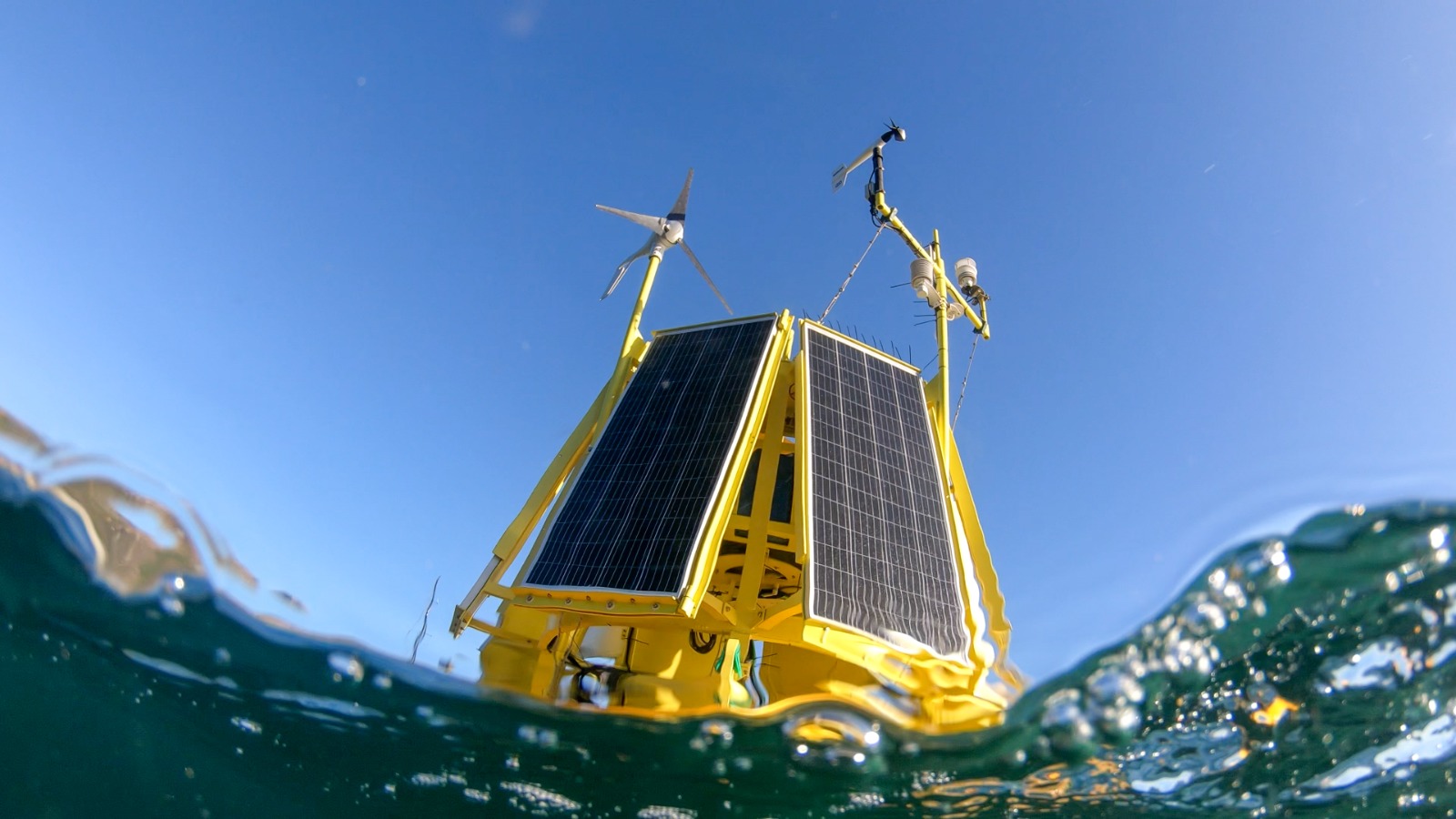In 2019 Resinex supplied Güralp, provider of seismic instrumentation and monitoring systems, with special syntactic floats for an innovative project on earthquake and tsunami early warning for their customer, the Dublin Institute for Advanced Studies (DIAS).
In response to the project requirements Güralp developed Aquarius, a revolutionary ocean bottom seismometer (OBS) that delivers near real-time seismic data of earth motion from the ocean floor to the surface.
It is the most compact OBS, equipped with an acoustic modem, available in the market. The low profile and compact design is optimized to minimise the noise generated by the current flow.
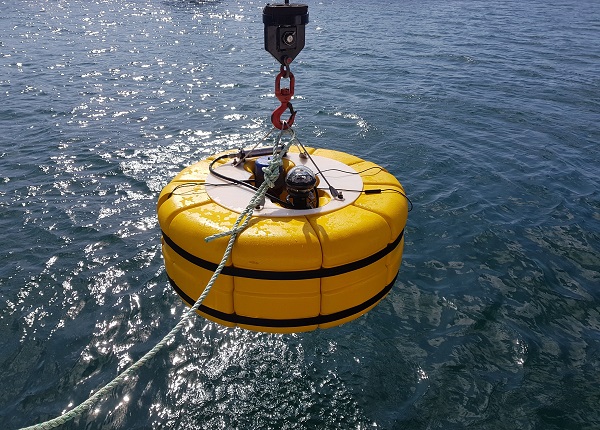
During 2019, Resinex supplied Güralp with special syntactic foam floats for an innovative project on earthquake and tsunami alert. It is able to provide real-time seismic data relating to earth movement, from the ocean floor to the surface.
The syntactic foam floats around the aluminium pressure vessel of the OBS provide the lifting force to bring the instrument back to the surface and it guarantees an extended life and durability up to 6.000 m of depth.
Resinex supplied more than 40 syntactic floats for the Aquarius, 10 of which have been used for the DIAS project, the remainder have been used for prototypes and for OBS development for other projects.
How does it work exactly? The Aquarius pressure vessel, that houses the sensor, digitizer and battery pack, is linked to a subsurface acoustic modem located on a weather buoy on the surface.
When the OBS sensor is triggered, it activates the acoustic modem; the surface buoy system then detects acoustic modem activity, collects the data from the OBS, which it then relays to DIAS via satellite modem. DIAS researchers can also send a request via satellite link to the surface buoy system requesting data from the OBS, the buoy then relays the data back to DIAS.

